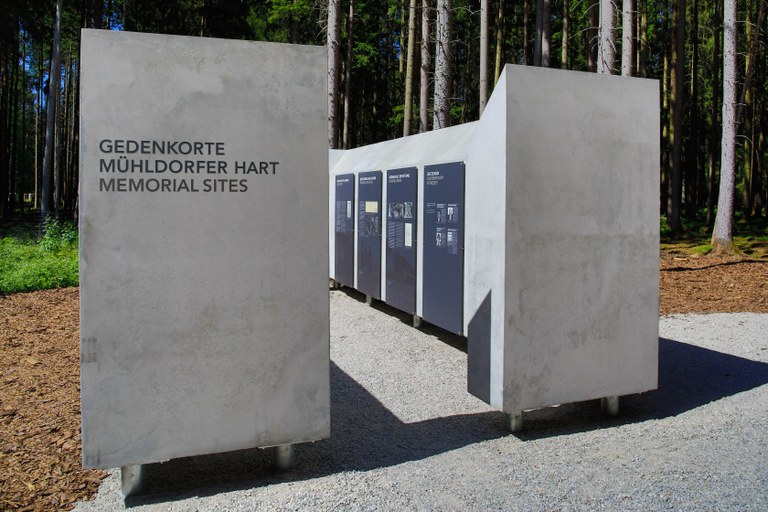Subcamps

By the end of 1944, the majority of all concentration camp prisoners were held in subcamps as forced labourers. The living conditions were catastrophic: an acute shortage of supplies, extremely arduous and relentless work, disease, exposure to freezing temperatures and brutal mistreatment led to an enormous increase in the number of deaths.
The Dachau concentration camp had 140 subcamps during its existence, mainly in southern Bavaria, near Lake Constance and in Austria. The approximately 80 subcamps of the Flossenbürg concentration camp streched from Würzburg to Prague and from northern Saxony to Lower Bavaria.
After the end of the war, the remains of many of these subcamps were demolished and built over. Along with them, knowledge of this regional chapter of persecution during the Nazi era also disappeared. Since the 1980s, local initiatives have been trying to bring these forgotten places back into public awareness. The Bavarian Memorial Foundation is supporting them in their efforts and has inaugurated remembrance sites at two of the largest subcamps, Hersbruck and Mühldorf, in 2016 and 2018.
Inhaltspezifische Aktionen
